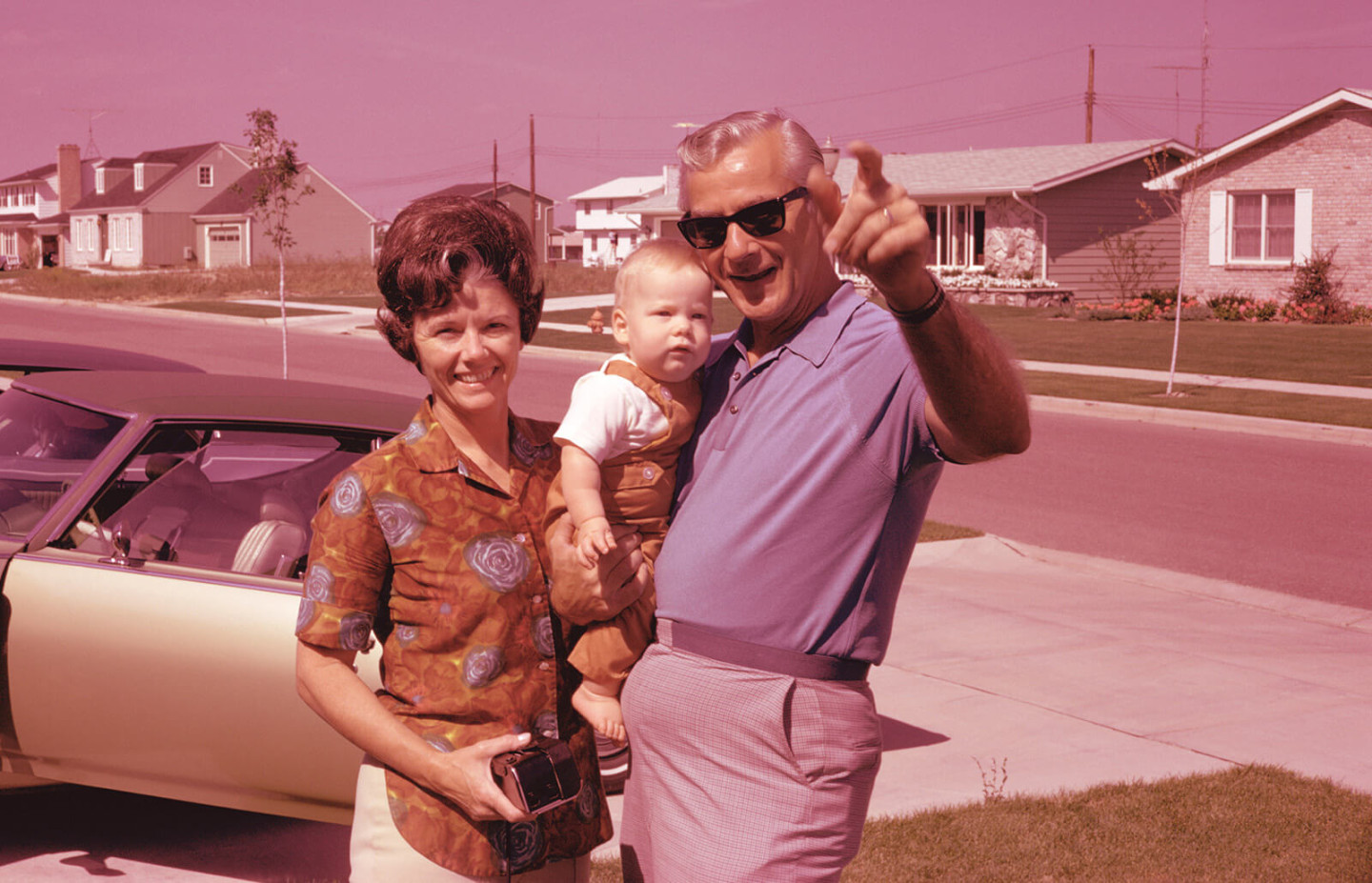1. Peace, Love, and Happiness
The 1960s was a time of immense social and cultural upheaval. It was a decade marked by the civil rights movement, the Vietnam War protests, and the rise of psychedelic culture. Yet, amidst the turmoil, a spirit of optimism and hope emerged. This spirit was encapsulated in the mantra “Peace, Love, and Happiness.”
The idea of “Peace, Love, and Happiness” was more than just a slogan; it was a way of life. It was a rejection of the materialism and conformity of the 1950s. It was a search for meaning and purpose in a world that seemed increasingly chaotic and uncertain.

One of the most prominent symbols of this movement was the peace sign. The peace sign was a simple, yet powerful, gesture of solidarity and hope. It was adopted by anti-war protesters, civil rights activists, and hippies alike. The peace sign became a symbol of peace, love, and understanding.
Another important aspect of the “Peace, Love, and Happiness” movement was the emphasis on personal freedom and expression. People were encouraged to explore their own individuality and to challenge traditional norms and values. This led to a surge in creativity and innovation, particularly in the fields of music, art, and fashion.
The music of the 1960s was a reflection of the times. Bands like The Beatles, The Rolling Stones, and Jimi Hendrix created music that was both rebellious and uplifting. Their songs often explored themes of love, loss, and social injustice. The music of the 1960s helped to shape a generation and to inspire a new way of thinking and living.
The art of the 1960s was also a powerful expression of the “Peace, Love, and Happiness” movement. Artists like Andy Warhol, Roy Lichtenstein, and Robert Rauschenberg created works that were both provocative and beautiful. Their art challenged traditional notions of beauty and taste, and it helped to redefine the boundaries of what was considered art.
The fashion of the 1960s was another important aspect of the “Peace, Love, and Happiness” movement. Hippies adopted a style that was both bohemian and rebellious. They wore tie-dye clothing, bell-bottom pants, and floral patterns. The fashion of the 1960s was a way of expressing individuality and rejecting the conformity of the mainstream.
The “Peace, Love, and Happiness” movement was not without its critics. Some people argued that it was naive and idealistic. Others accused it of being selfish and irresponsible. But despite the criticism, the “Peace, Love, and Happiness” movement had a profound impact on American culture. It helped to shape a generation and to inspire a new way of thinking and living.
The legacy of the “Peace, Love, and Happiness” movement can still be seen today. The peace sign is still a widely recognized symbol of peace and understanding. The music, art, and fashion of the 1960s continue to be celebrated and enjoyed. And the ideals of peace, love, and happiness remain as relevant today as they were fifty years ago.
2. Fashion: Bold Colors, Psychedelic Patterns, and Mini Skirts
The 1960s were a time of social and cultural revolution, and this spirit was reflected in the fashion trends of the era. Bold colors, psychedelic patterns, and mini skirts were just a few of the iconic styles that emerged during this time.
One of the most striking features of 60s fashion was the use of bright, vibrant colors. Acid hues like orange, pink, and yellow were particularly popular, and were often combined in bold and unexpected ways. For example, a bright orange dress might be paired with a lime green jacket and a hot pink hat.
Psychedelic patterns were another defining characteristic of 60s fashion. These patterns, inspired by hallucinogenic drugs, were often characterized by swirling, kaleidoscopic designs. They were used on everything from clothing to accessories, and were particularly popular on dresses and shirts.
Mini skirts were another iconic trend of the 60s. These short skirts, which were often paired with tights or knee-high boots, were seen as a symbol of liberation and rebellion. They were often worn by young women who were pushing the boundaries of traditional gender roles.
In addition to these trends, the 60s also saw the rise of hippie fashion. Hippies, who were often associated with peace, love, and anti-war protests, adopted a bohemian style that was characterized by loose-fitting clothing, natural fabrics, and ethnic influences.
The 60s were a time of experimentation and creativity, and this spirit was reflected in the fashion trends of the era. Bold colors, psychedelic patterns, and mini skirts were just a few of the iconic styles that emerged during this time. These trends continue to influence fashion today, and are a reminder of the social and cultural changes that took place during the 60s.
 Udento Lifestyle & Health
Udento Lifestyle & Health




